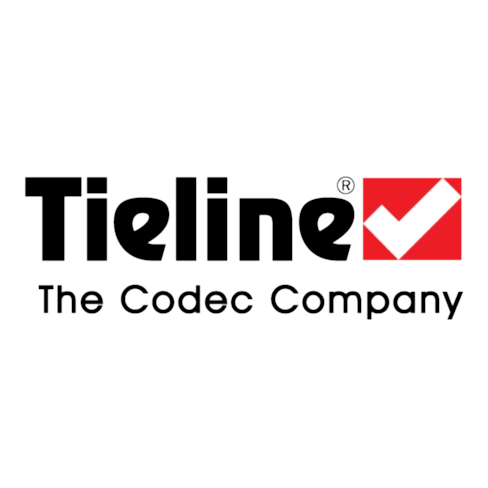MPX I and MPX II Codecs
Tieline MPX Codec Options
Tieline’s MPX I and MPX II codecs deliver composite FM multiplex (MPX) codec solutions for real-time network distribution of FM-MPX or MicroMPX* (µMPX) signals to transmitter sites. The MPX I is ideal for transmitting a composite STL signal from a single station with return monitoring, whereas the Tieline MPX II can transport two discrete composite FM-MPX signals from the studio to transmitters with return monitoring. Both units support analog MPX on BNC, MPX over AES192, and multipoint signal distribution, to deliver a wide range of flexible composite encoder and decoder solutions for different applications.
The MPX I and MPX II support X at much lower bit-rates. You can order an optional DVB-S2 satellite tuner card at purchase to support decoding DVB-S or DVB-S2 signals.
*Optional Feature
Bandwidth Requirements
The MPX signal requires consistent bandwidth to avoid pronounced deleterious effects on the signal due to missing data. The payload requirement varies based on the MPX signal transported. MPX over AES (AES192) has a high bandwidth requirement of between 2.3Mbps (16-bit) and 4.6Mbps (24-bit). This requires high capacity managed IP links with very reliable QoS. µMPX is supported at much lower bit-rates, which although higher than some regular IP audio links, can successfully connect over both managed and unmanaged IP links.
Redundancy and Packet Loss Strategies
Transporting MPX over IP WANs brings challenges with regard to bandwidth and data integrity. Strategies in MPX codecs to mitigate packet loss include redundant streaming, RIST, FEC, and automated file failover. Redundant streaming over divergent carriers and paths is optimal in avoiding packet loss over unmanaged IP networks like the internet. Forward Error Correction (FEC) is another packet recovery strategy.
Reliable Internet Stream Protocol (RIST) is an open source protocol which can detect loss over a network and request the retransmission of lost packets. The benefit of RIST is its ability to minimise required bandwidth, however the buffer on the encoder and decoder need to support the round-trip latency to facilitate successful playout. Automated file failover can provide backup if a catastrophic failure occurs on the transmission side.
MPX Composite Distribution
MPX can be distributed to transmitter sites using the following options:
- Wireless Point-to-Point STL links
- Managed networks and unmanaged Public WANs
- Satellite links using MPEG-TS
Distribution of MPX composite signals from the studio or playout centre substantially reduces costs by eliminating expensive audio processing and RDS generation requirements at STL sites. Multipoint distribution via multicast or multi-unicast technologies reduces costs even further, by affordably replicating MPX composite streams using a single MPX I or MPX II encoder, similar to how baseband IP audio streams are replicated in audio codecs. Compressed µMPX composite signals can be distributed over WANs like the internet at low bit-rates to reduce bandwidth requirements.
Full remote monitoring and control is available using the HTML5 Toolbox Web-GUI, Cloud Codec Controller, plus comprehensive automated alarms and SNMP monitoring.
Product Specs
- Transport uncompressed MPX or reduce bandwidth requirements by transmitting compressed μMPX Composite signals to sites. Support for GPIOs in MPX or μMPX modes.
- Monitor demodulated MPX at the encoder or decoder and configure return FM confidence monitoring as required.
- Use a single MPX I or MPX II codec to multicast uncompressed MPX or compressed μMPX signals, or Multi-unicast* μMPX signals to reduce CAPEX and OPEX at the studio and TX sites.
- Both the MPX I and MPX II can operate as an encoder or decoder.
- Support for both analog and digital MPX signals allows networks to support transmissions using analog transmitters as networks transition to newer all-digital setups over time.
- Redundant streaming with hitless packet switching, RIST and Forward Error Correction (FEC).
- SD card backup delivers file failover.
- Dual internal PSUs for redundancy.
- Full remote control using the HTML5 Toolbox Web-GUI, Cloud Codec Controller, plus comprehensive automated alarms and SNMP monitoring.

